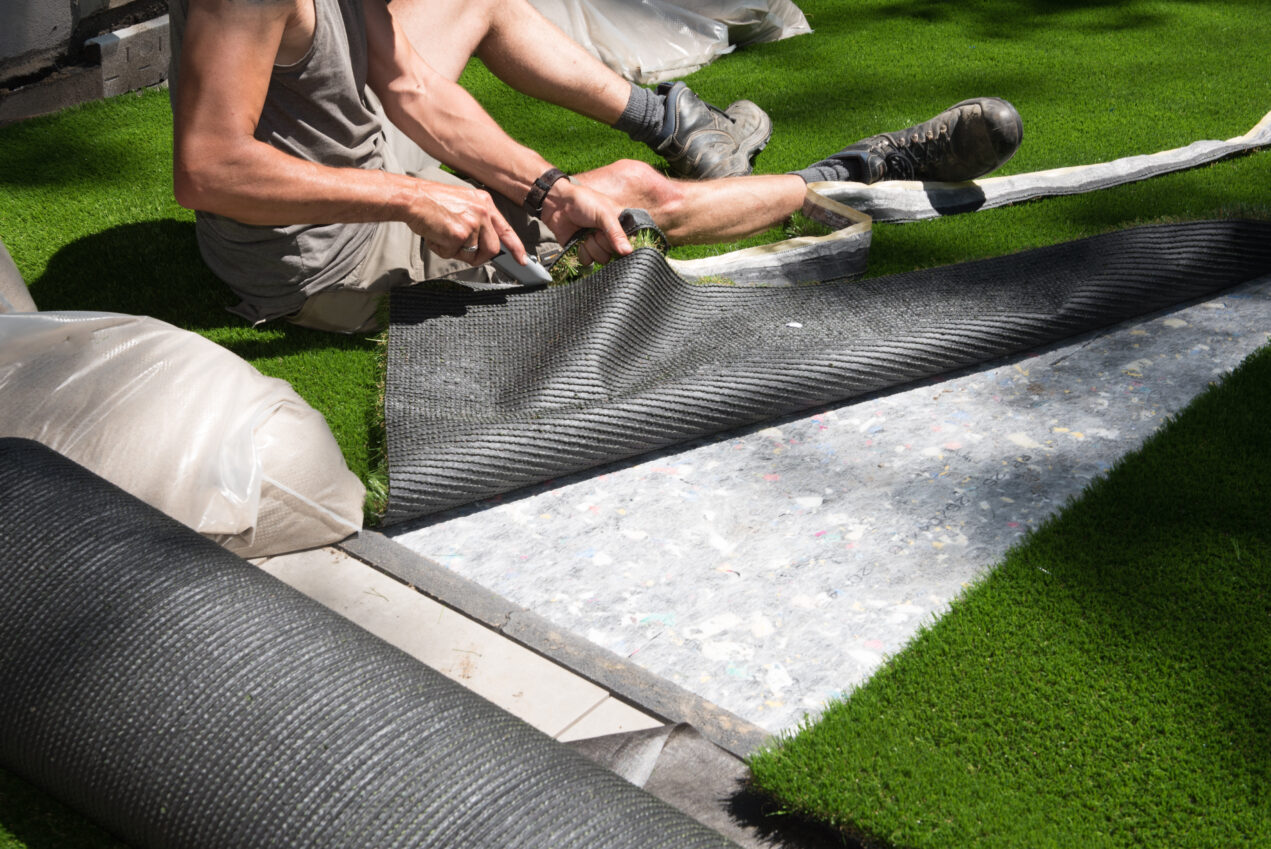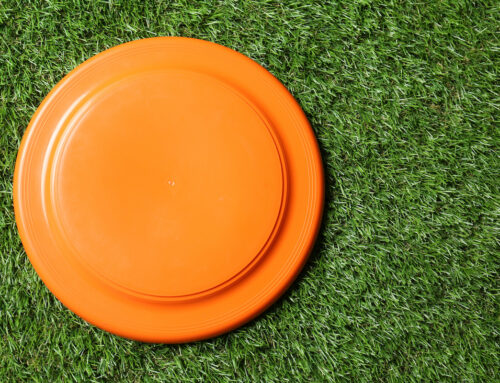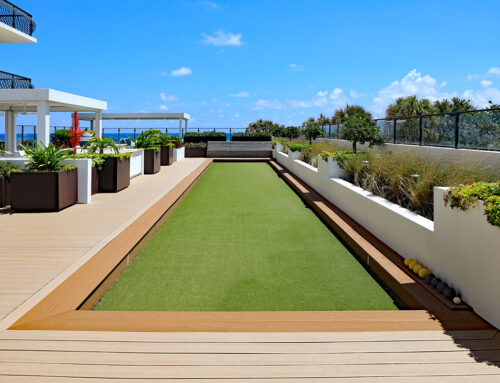Last Updated on November 14, 2022 by ReTurf
Installing artificial grass may seem like an easy weekend project, but there are some common mistakes that can turn a potentially beautiful new low-maintenance lawn into a hot mess.
No one wants a lawn that looks fake because they rushed through the process, or cut corners on the installation.
The difference between a successful DIY artificial turf installation and a disastrous one comes down to paying attention to the details.
We’ve seen it all when it comes to artificial grass installation, and we know what works and what doesn’t. So in this article, we’ll share our top tips for avoiding common mistakes so you can enjoy a beautiful, natural-looking lawn for years, and years to come.
Tip: If you’re not sure about tackling the installation yourself, we recommend hiring a professional. They will have all the right tools and experience to get the job done right.
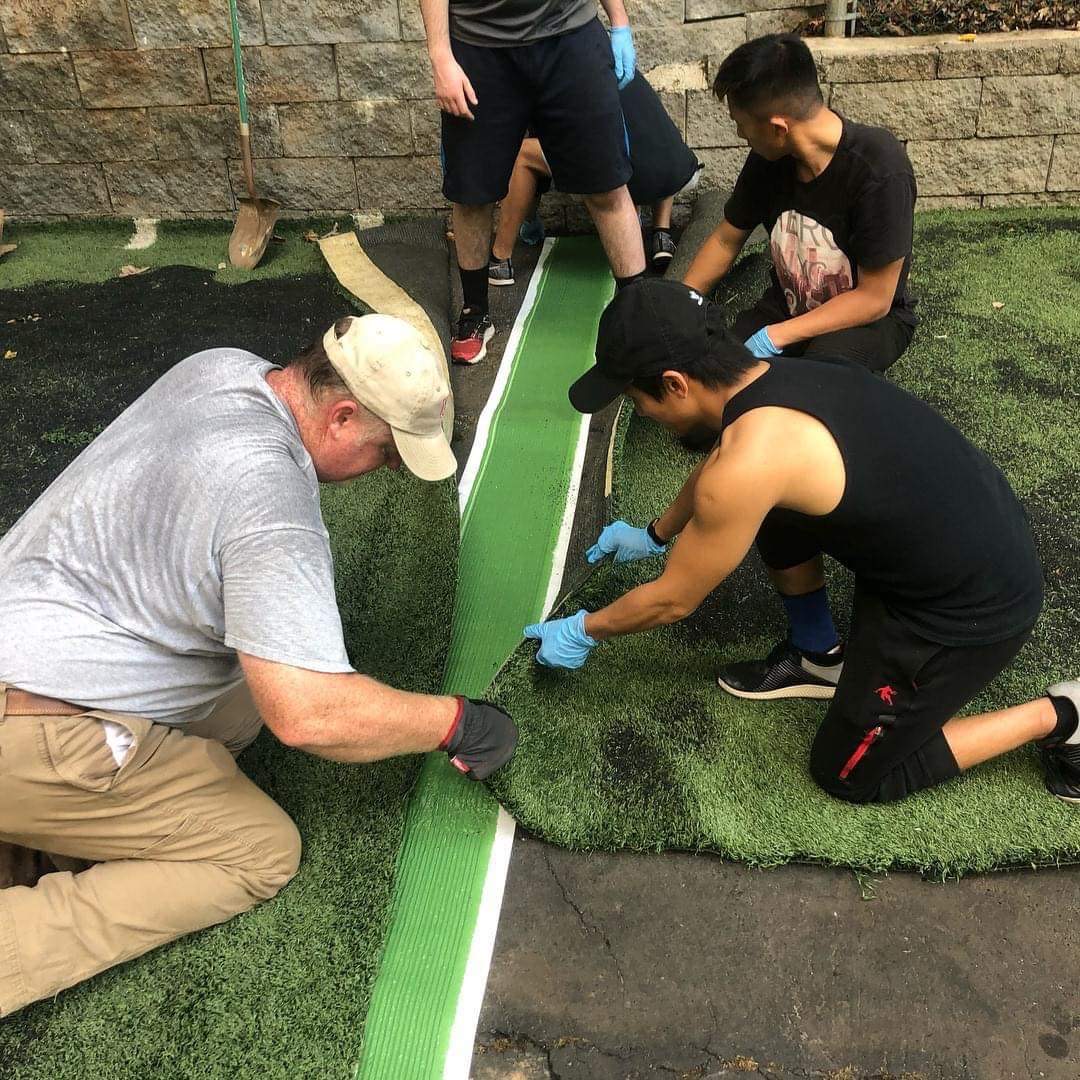
7 Common DIY Artificial Grass Mistakes to Avoid
1. Not installing a weed barrier
Weed barriers are essential for preventing weeds from growing through your artificial turf. Without a weed barrier, you’ll likely have to deal with unsightly and difficult-to-remove weeds popping up in your lawn.
2. Not taking accurate measurements
Taking accurate measurements of your lawn is crucial for ensuring that you purchase enough turf to cover the area. Be sure to measure both the length and width of your lawn to get an accurate estimate. And remember—measure twice, cut turf once.
3. Not preparing the ground properly
You’ll need to make sure that the ground is level and free of debris before installing artificial turf. This will help ensure that your artificial grass lies flat and looks natural—not fake.
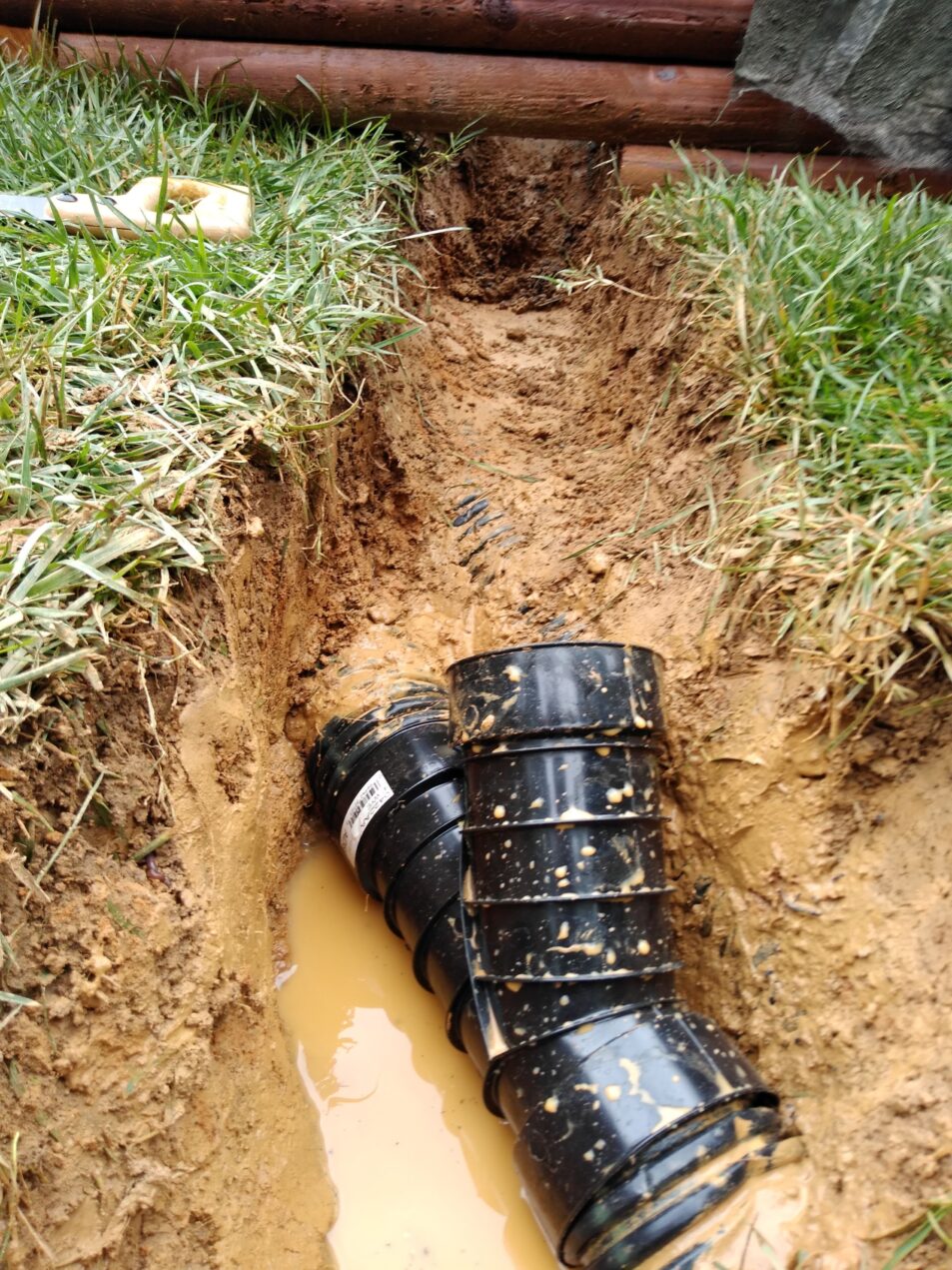
4. Not installing proper drainage
Proper drainage is essential for preventing water from pooling on your artificial turf. Be sure to install a drainage system that will allow water to drain away from your turf to avoid flooding. A system may involve drainage layers underneath the turf, pipe systems, and/or grading of the surface area to achieve the desired path for rainwater to flow. This can be complex for homeowners and DIYers, so don’t hesitate to ask for assistance.
5. Throwing extra pieces of turf away
Don’t make the mistake of throwing away extra pieces of turf after you’ve installed your lawn. These pieces can be used to patch up any areas of your lawn that become damaged.
6. Not using infill
Infill is important for providing a cushioned surface for your artificial turf and for preventing the turf from matting down. Be sure to purchase appropriate infill material, such as a mixture of crumb rubber and sand.
7. Not calling for help from professionals when you need it
When in doubt—always consult a professional. Installing an artificial grass lawn yourself is a big undertaking, and there’s no shame in asking for some help from experienced professionals when you need it. Even if you just want some tips, advice, or guidance regarding the installation process, it’s more than worth it to call in a professional to avoid making any costly mistakes.
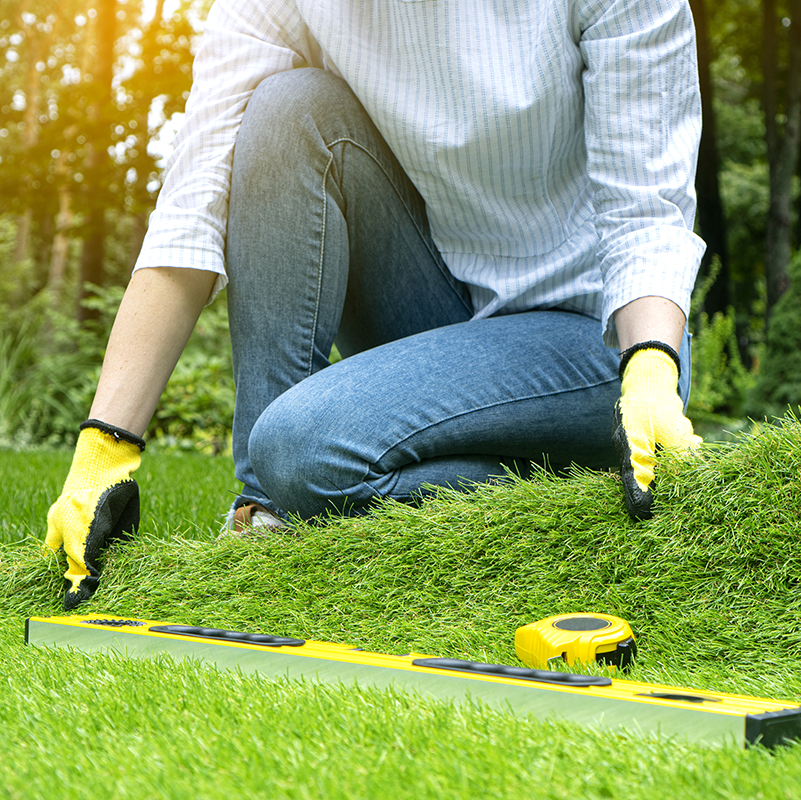
Conclusion
Installing synthetic grass is a great way to create a beautiful and low-maintenance lawn. However, there are some common mistakes that can cause problems down the road for those who choose to DIY their installation.
The best way to avoid these mistakes is to learn as much as you can about the turf installation process. Remember: it’s all in the details! Pay attention to the small things, and you’ll be more likely to avoid any major DIY problems. And if you ever have any doubts, be sure to reach out to a professional for help. Hiring professional artificial turf installers can help you get things done right the first time, avoid costly mistakes, and help ensure that your lawn looks its best for many years to come.

